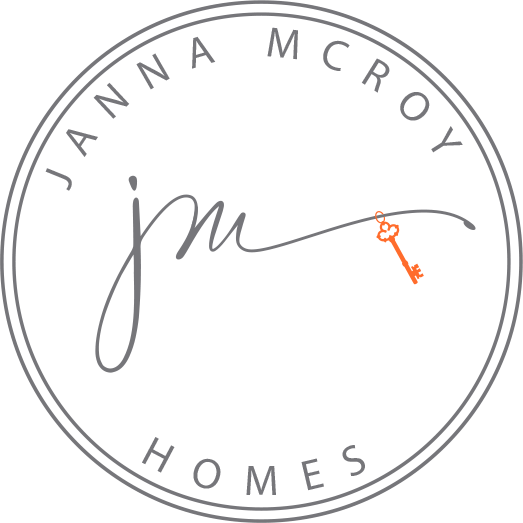
Moving to North Idaho offers a blend of natural beauty and a high quality of life, but understanding the cost of living is crucial for a smooth transition. Here’s what newcomers should know:
Housing Costs
- Home Prices:
- Variety of Options: North Idaho offers a range of housing options, from affordable starter homes to luxurious waterfront properties.
- Median Prices: While prices can vary significantly by location, the median home price in areas like Coeur d’Alene and Sandpoint can be higher than the national average due to high demand and desirable locations.
- Renting:
- Rental Market: The rental market is competitive, especially in popular areas. Expect to pay a premium for properties close to lakes or in city centers.
- Average Rent: Depending on the type and location of the property, average rents can range widely. Apartments and smaller homes are generally more affordable than larger, single-family homes.
Utilities and Services
- Utility Costs:
- Electricity and Heating: Seasonal changes affect utility costs. Cold winters can lead to higher heating bills, while mild summers reduce the need for air conditioning.
- Water and Waste: Water and waste management services are typically affordable, but costs can vary by municipality.
- Internet and Cable:
- Availability: High-speed internet is widely available, but rural areas may have limited options. Costs are comparable to national averages.
Transportation
- Vehicle Costs:
- Fuel Prices: Gasoline prices in North Idaho are generally in line with national averages, though they can fluctuate based on market conditions.
- Maintenance and Insurance: Vehicle maintenance and insurance costs are moderate. However, rural areas may require more frequent maintenance due to rougher roads.
- Public Transportation:
- Limited Options: Public transportation options are limited, so owning a vehicle is often necessary. Some cities offer local bus services, but they may not cover all areas.
Food and Groceries
- Grocery Costs:
- Local Markets: There are many local markets and grocery stores, offering a variety of fresh produce and goods. Prices can be higher for specialty or organic items.
- Dining Out: The cost of dining out varies, with options ranging from affordable diners to high-end restaurants. Expect to pay more in tourist-heavy areas.
Healthcare
- Healthcare Services:
- Availability: North Idaho has a range of healthcare services, including hospitals, clinics, and specialized care. Access to care can be more limited in rural areas.
- Insurance Costs: Health insurance costs are comparable to national averages but can vary based on the provider and plan chosen.
Education
- Public and Private Schools:
- Public Schools: Public schools in North Idaho are generally well-regarded, and costs are covered by property taxes.
- Private Schools: Tuition for private schools varies widely. Some offer scholarships or financial aid.
Taxes
- Property Taxes:
- Rates: Property tax rates in North Idaho are relatively moderate. Rates can vary by county and are based on property value.
- State Taxes: Idaho has a state income tax, but there is no state sales tax on groceries, which can help lower overall living expenses.
Conclusion
Understanding the cost of living in North Idaho is crucial for newcomers planning their move. From housing and utilities to healthcare and education, being aware of these factors can help ensure a smooth transition.
Ready to explore North Idaho and find your perfect home? Contact Janna McRoy for expert advice on navigating the local real estate market. With over 24 years of experience in real estate, Janna can help you make informed decisions and find the ideal property to suit your needs. Reach out to Janna today to get started.
208.889.9242





